As adults, we know how important goal-setting is. Setting SMART goals gives us the toolbox important to not only identify and put into words what we want or need, but it gives us the roadmap to actually get there.
For some people, this process comes more naturally, while for others, setting a smart enough goal to be just out of reach yet still attainable is something they struggle to get the hang of. A lot of this is due to a lack of practice. After all, setting SMART goals is a skill, a skill that you’re never too young to obtain.
By getting your children into the habit of setting goals using the SMART parameter, you’re giving them a powerful skill for life. You can even turn this process into a regular program at home or in the classroom, where goal-setting becomes a fun and engaging part of their routine.
Let’s see why goal-setting is beneficial for your children or your students, how to make setting these goals fun and engaging for them, and some examples you can implement with your kids.
![]()
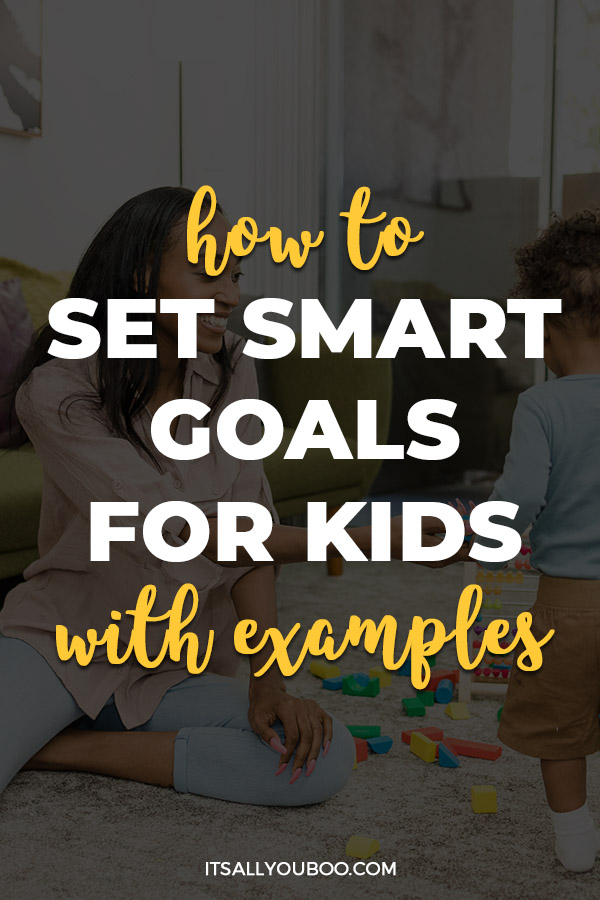
Before we get too far ahead of ourselves, a SMART goal is a specific type of goal that follows a set of parameters to ensure we’re not only making the best goal possible for ourselves but we’re also giving ourselves the roadmap to directly get there.
A majority of failed goals are because people didn’t take the time to make them as specific as possible. These parameters are what will take your goal from being a lofty dream to something you can actually get in your near future.
SMART is an acronym that means:
To make a goal SMART, we want to ensure that each of our goals includes these 5 parameters.
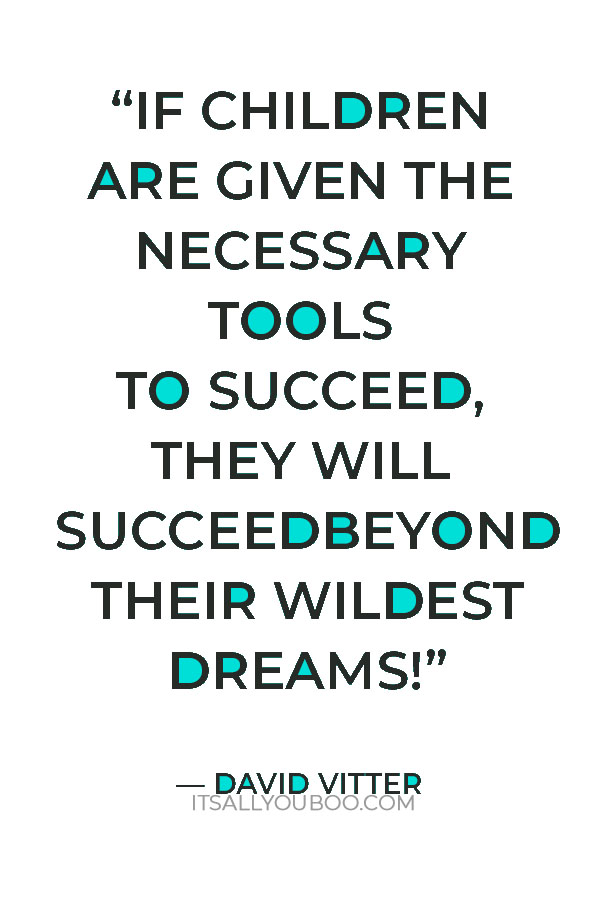
It’s easy to assume that goal-setting is a skill best reserved for adults but, really, it’s never too early to dream big and take the steps necessary to get what you want. After all, that’s what a SMART goal is: an attainable dream.
Kids might not be excited when you start talking about SMART goals but when you talk to them about their dreams, they’re all ears. Teaching kids to think big and then learning how to alter that thinking into achievable steps, that’s giving them the key to a lifetime of success.
A few other benefits of setting SMART goals for kids include:
The why behind goal-setting is really for the parents but the how should be for your children.
After all, to really teach them the power of effective goals, they need to be ones that they’ve set for themselves. In the beginning, they’ll certainly need more guidance but as they mature and have plenty of practice with SMART goal setting, they’ll be able to take over and become more independent in this process.
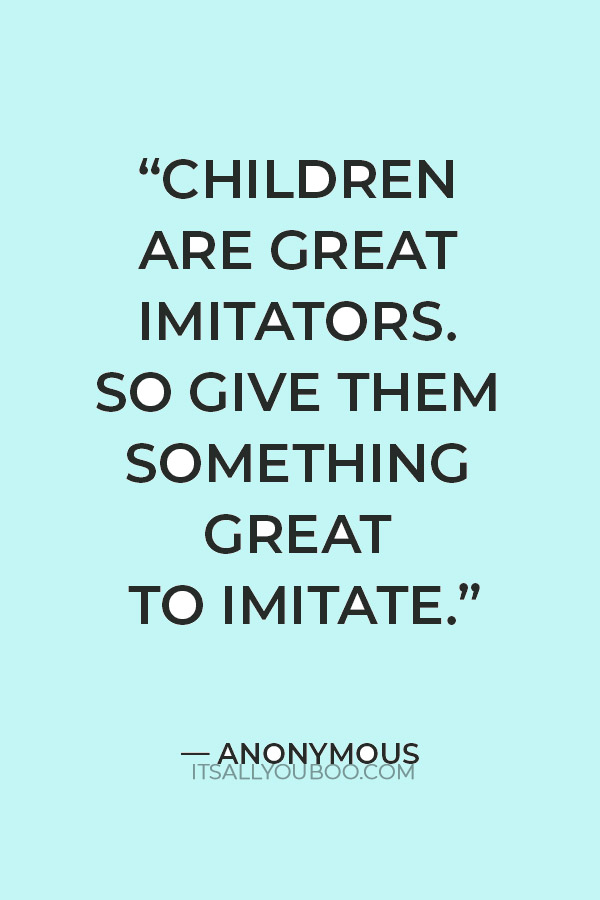
The key to all of this though is getting them to want to set their own goals. If this is something that’s forced upon them, they most likely won’t take it seriously or have the drive to actually achieve their goals. On the other hand, if they feel as though they are goals they’ve chosen for themselves, they’ll be much more motivated to see them through.
The best way to do this? Make the goal-setting process fun!
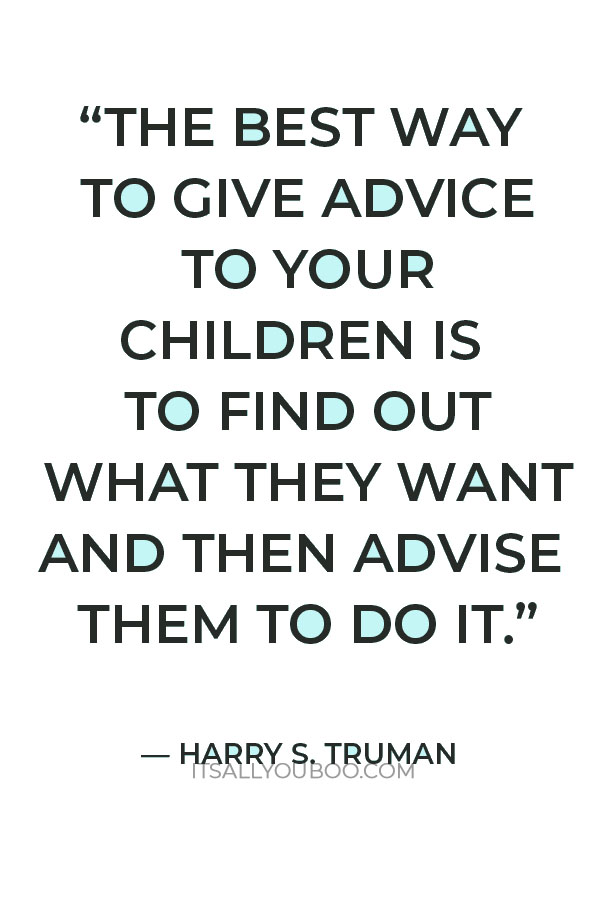
If you and your child need some help getting the ideas flowing, let these SMART goals examples guide the way.
These goals are divided by age group and fit into a variety of categories, with goals for the school year, goals at home, goals for sports or an active lifestyle, and goals for socialization. By implementing a variety of goals, you’ll help your kids learn the importance of a balanced lifestyle and how to make habits that will hopefully stick for life.
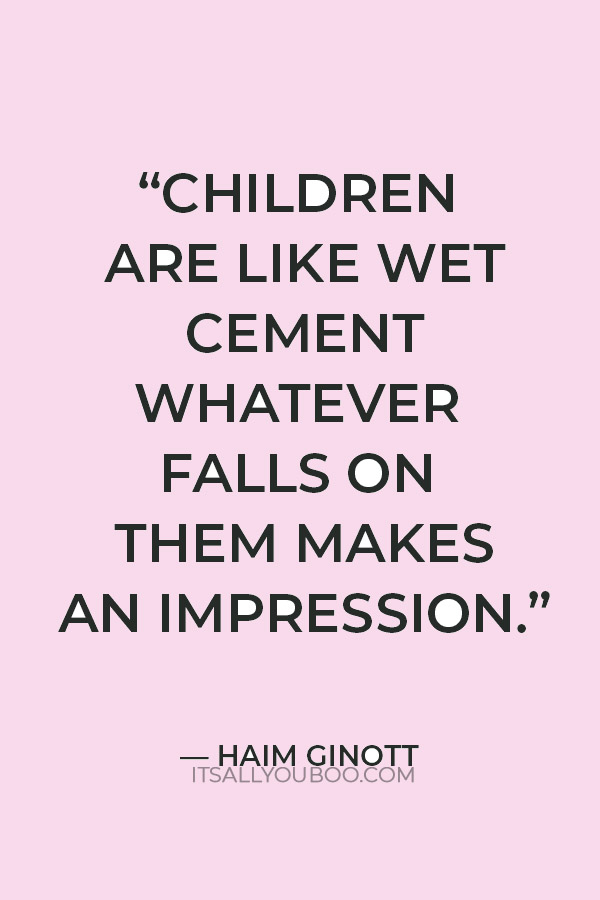
I will learn to ride my bike without training wheels by my 5th birthday. I will practice 3 days a week with a parent present until I’m successfully able to ride up and down my driveway without my training wheels or parents for balance.
I will learn my ABCs before my first day of kindergarten. I will learn to not only say the ABCs but also to identify the letters and match the lower case letters with the upper case letters. I will practice with my letter blocks for 10 minutes every day until I can do this on my own.
By the end of 1st grade, I will be able to read my own goodnight stories. I will be able to sound out new words in books that are on a 1st-grade level.
Before I turn 6, I will go on my first sleepover at a friend’s house. To prepare for my big night out, I’ll start spending more time at friends’ houses and getting the confidence to be away from my parents for an entire night.
By the time I’m 4 years old, I’ll help my parents with a small chore. I’ll put away my own toys each night and will get a sticker on my sticker chart each time I do this. At the end of each week, if I have most of my stickers, I’ll get a small reward.
👉🏽 RELATED POST: Top 10 Goals For School
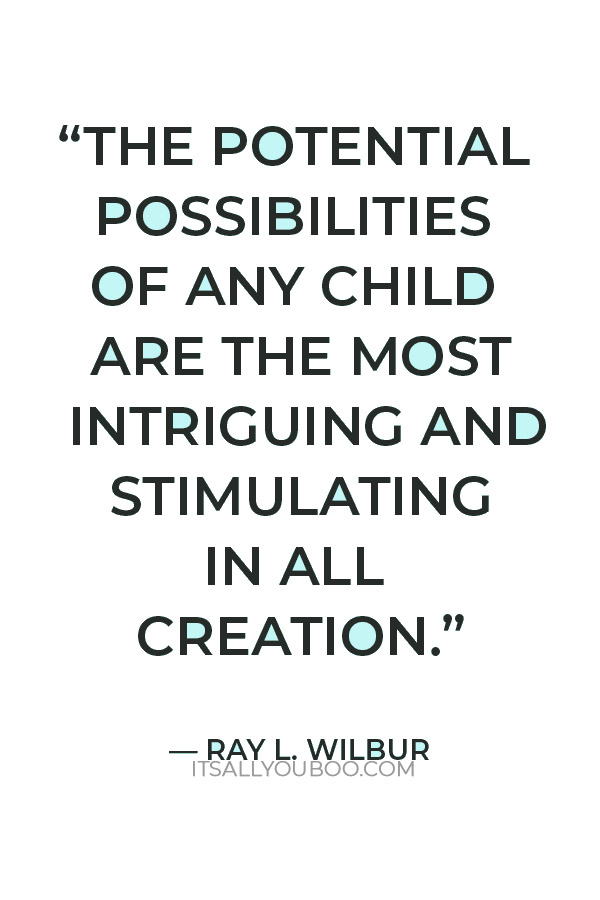
In 3rd grade, I’ll reach my Accelerated Reader (AR) goal set by my teacher. I’ll read each night in bed for 20 minutes to ensure I reach my goal AR points. I’ll choose a variety of books that interest me so I learn that reading is a fun hobby.
I’ll choose a weekly chore that I can complete without being told to do so. The chore I choose will come from a list of options provided by my mom or dad and something that I can do without needing her or his assistance to complete. I’ll do this chore each week for 1 month before choosing a new chore for the next month.
Each season, I’ll sign up for a new team sport. This way, I’ll get to try a variety of sports to see which one I enjoy the most. I’ll choose from a diverse list of sports from ballet, swimming, soccer, volleyball, and everything in between to find something that’s really a lot of fun for me. I’ll complete each season of the sport before moving to the next one.
When I’m 9 years old, I’ll invite 1 new friend over each month to grow my social group. I’ll choose a variety of people, from classmates to those on my sports team, to introduce myself to a wide group of people and learn to get along with diverse personalities.
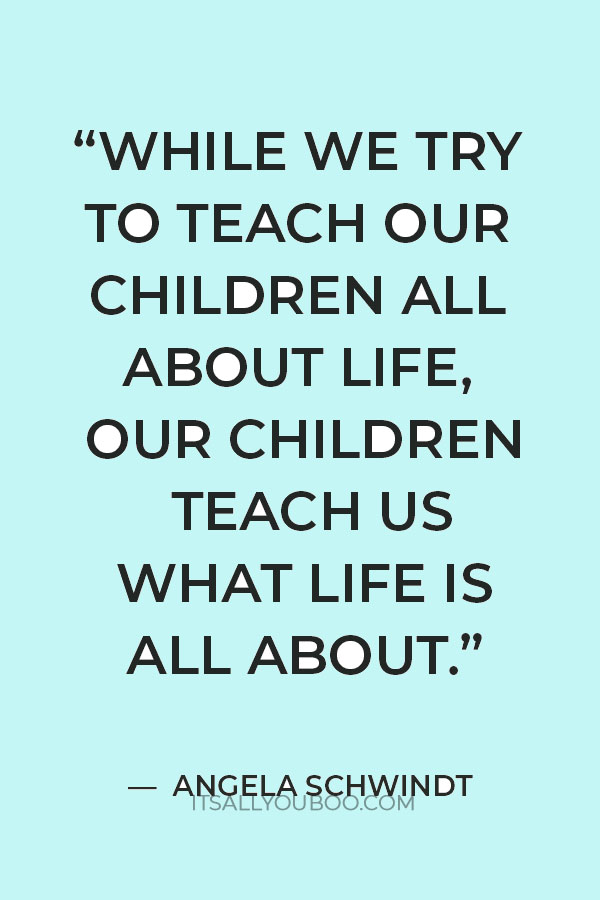
By my 12th birthday, I’ll learn the basic chords on the guitar and be able to play 2 songs on my own. I’ll achieve this by going to weekly guitar practice after school for 3 months and by practicing 2 times a week at home on my own.
One time a week during 5th grade, I will make my own breakfast before school. This will give my mom or my dad a break and teach me to get myself ready in the morning.
Each day at school, I will raise my hand and participate in class at least one time. This will give me the confidence to overcome my social anxiety and speak in front of my peers.
I will practice my typing skills to achieve 30 words per minute by the time I turn 13. This will set me up for success in middle school and help me to do my online homework at a faster pace. I will achieve this by playing a typing computer game 3 times a week at home after school.
Every other month, I will host an afterschool activity with 10 of my friends. Each time, the activity will be something different and something I can organize on my own, with minimal help from my parents. This will give my friends and me some extra socialization time outside of school.
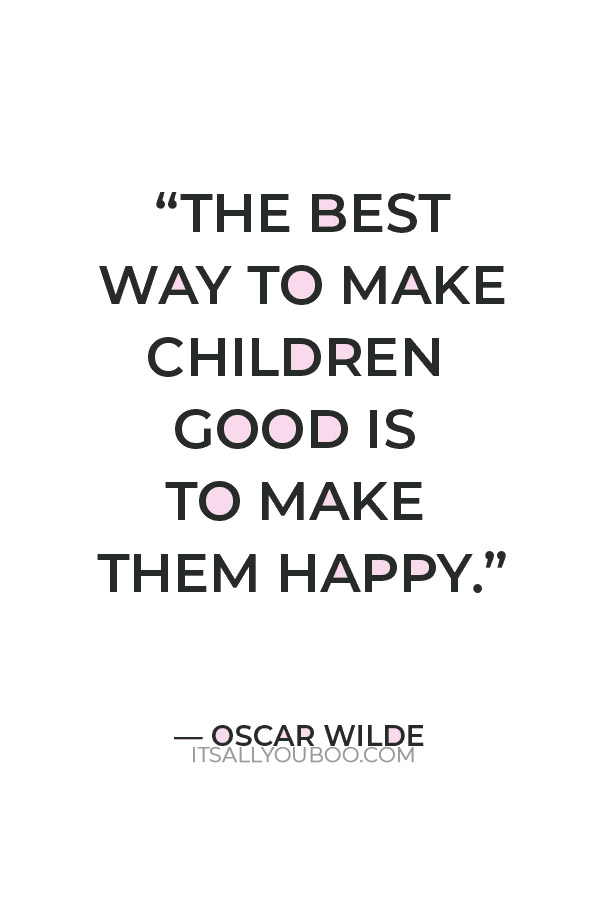
After trying out a variety of sports when I was younger, when I turn 10, I will choose which sport I want to try out for the school or club team. This will be the sport I enjoy the most. I will practice 3 times a week to improve my skills at this sport, either at our official practices or at home on my own time.
Setting goals is a lifelong skill that will serve your children, even if they can’t quite see the benefits now.
Ready to start setting SMART goals for kids? Sign up below to get your FREE SMART Goals Worksheet, form-fillable, and printable, and includes more examples to help you.
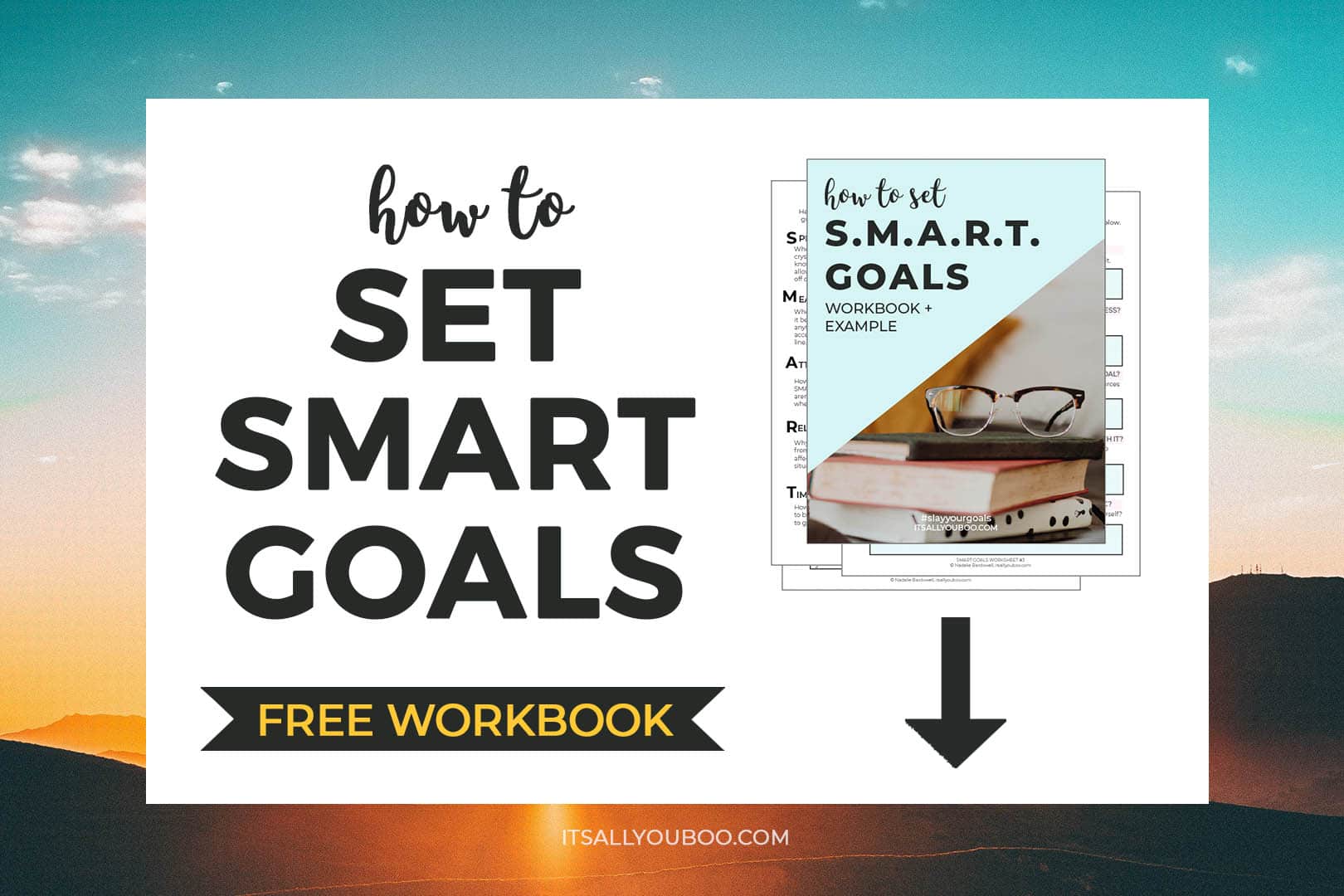
 Sign up below for your FREE SMART Goals Worksheet + get weekly tips to help you slay your goals.
Sign up below for your FREE SMART Goals Worksheet + get weekly tips to help you slay your goals. Although it’s important to work together to set their goals so you can guide them into making them SMART, by putting the power in their hands and making it fun for you both, you’re likely to get them excited about their goals and eager to accomplish them.
Kids already dream big so it’s simply your job to harness their dreams and turn them into achievable SMART goals. Now’s the time to teach them!

Last Updated on August 20, 2024
Share or save for later!